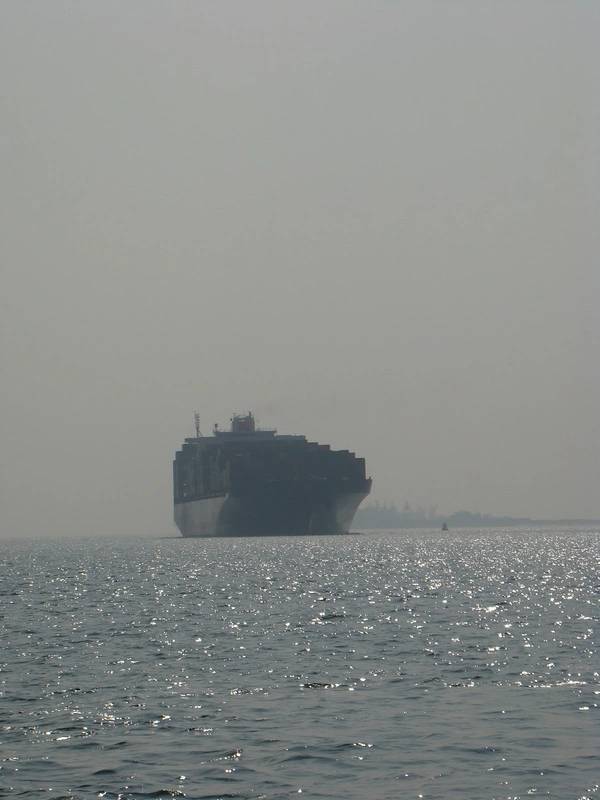
As freight rates keep declining, cost reductions are the top priority for box carriers.
Drewry’s 2Q14 Container Forecaster highlights that there is a widening gap between the positive financials of the few carriers really focused on cutting costs and the rest of the top 20 lines, as they battle with the pressure of falling freight rates.
Drewry forecasts that once again, average freight rates will be lower than in the previous year. Drewry estimates that on the headhaul transpacific trade alone, carriers have given away in the region of $1.25 billion in annual revenue via the lower annual contracts they signed with Beneficial Cargo Owner clients in May. They also signed new annual contracts on the Asia-Europe trade earlier in the year at levels of around $150-$200 per 40ft container lower than in 2013. On the positive side, they may have secured base cargoes to fill their ships at a low price. But this puts more pressure on carriers to try and recover revenue from the spot market. Drewry believes that volatility in the spot market will remain high this year.
While supply and demand remain key drivers of freight rates across all trades, those carriers cutting their costs are also better equipped to offer lower rates and in real terms they are in fact passing back these benefits to their customers. Industry unit costs per teu are forecast to decline by 2.5% this year and strategies such as slow steaming, re-designing networks and buying bunkers in Russia are crucial to this, but carriers will struggle to make a profit since we are also forecasting unit revenues to decline by a similar amount.
The blocking of the P3 alliance by the Chinese authorities is also disappointing for the industry since it was an excellent opportunity to help stabilize the main trades in terms of capacity management and efficient use of assets. That chance is now missed. A mature debate is required to help balance the benefits of higher economies of scale, alliance consolidation and the need to control an oligopoly of mega alliances.
Neil Dekker, Drewry’s director of container research, added: “It could be that the huge task of adequately matching supply and demand at the global level and on a consistent basis – which ultimately helps to drive freight rates - is simply beyond the industry, and we do not mean this as a condescending remark. This is an industry where accurate volumes on many trade lanes are unknown – simply because there is no unified and agreed system of accounting. This is an industry where relatively few shippers can provide accurate volume forecasts. This is an industry where the constant desire to launch bigger ships in order to reduce unit costs can only ever logically be at odds with the aim of matching supply and demand.”
“Container Forecaster” is a quarterly report published by Drewry Maritime Research and is priced at £2,980. The report will be available from the Drewry website (drewry.co.uk).



